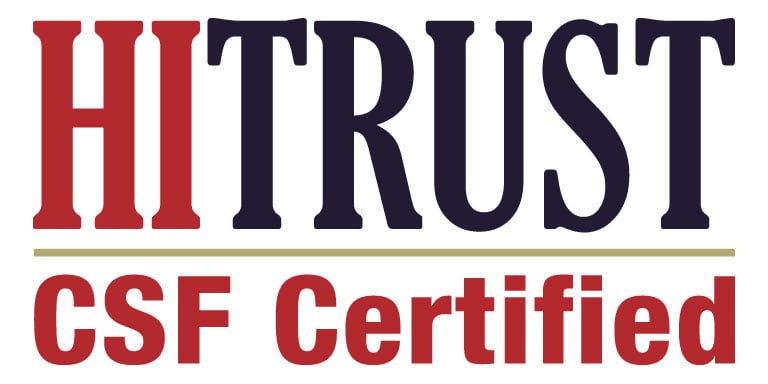
Healthcare and the practice of medicine has certainly come a long way since the founding of the United States in 1776. In honor of the 242nd birthday of the U.S., we thought it would be interesting to see how far we have come since our nation’s birthday. Check out some of the major medical milestones, contributions of American scientists and relish your luck in being born during the modern medical era.
- 1777: General George Washington ordered all military forces traveling through Philadelphia to be inoculated against the smallpox virus. This was the first mass military inoculation and the mortality rate dropped from 50 to 2 percent.
- 1798: U.S. Marine Hospital Service, which was the predecessor of today’s U.S. Public Health Service was established.
- 1806: The first medical licensing laws were passed in New York, called the Medical Practices Act, ensuring that only licensed physicians could be paid for services. Unlicensed practitioners, if caught, were fined $25.00.
- 1841: Crawford Long, a physician practicing in Jefferson, Georgia, conducted the first operation in the U.S. using anesthesia when he removed a tumor from a patient’s neck.
- 1849: Elizabeth Blackwell becomes the first woman to graduate from an American medical school—Geneva Medical College in New York. She was inspired to go pursue medicine upon hearing from her dying friend that she was not comfortable discussing her medical issues with a male physician.
- 1871: John Woodworth was appointed as the first Supervising Surgeon, a position that later became known as the Surgeon General.
- 1878: Paracetamol, also called acetaminophen, was first synthesized by chemist Harmon Northrop Morse at Johns Hopkins University. In 1955, paracetamol started being sold in the United States under the name Tylenol.
- 1904: Alexis Carrel at the University of Chicago Hospital conducts the first organ transplant in the U.S.—the organ was a heart and the patient was a dog.
- 1918-1919: Influenza pandemic kills 600,000 in the U.S., 15 million people worldwide. U.S. deaths exceed the number of American soldiers killed in World War I.
- 1938: First flu vaccine developed by Jonas Salk and Thomas Francis, was first tested on soldiers during World War II.
- 1943: The antibiotic Streptomycin was developed and used to treat tuberculosis.
- 1952: The polio vaccine was created by Jonas Salk. Salk tested the vaccine on himself, his wife and children, and his coworkers along with many volunteers. Before the vaccine became available in 1955, there were approximately 45,000 polio cases every year. The World Health Organization announced the eradication of polio in 1988.
- 1953: James Watson and Francis Crick announced their discovery of the DNA double helix model on February 28 ushering in a new era of research and discovery.
- 1963: Dr. John Franklin Enders, known as "The Father of Modern Vaccines" develops the first vaccination for the measles, after which the number of cases per year in the U.S. dropped from the hundreds of thousands to under tens of thousands.
- 1977: Frederick Sanger and team develops a DNA sequencing method, paving the way for commercial sequencing technologies.
- 1985: The Polymerase Chain Reaction (PCR) technique was invented by Kary B. Mullis. This technique shaped the study of genetics and enabled countless discoveries and treatments.
- 1990: The Human Genome Project was launched, funded by the National Institutes of Health (NIH).
- 1998: Herceptin becomes the first targeted therapy approved by the FDA for use to treat patients with breast cancer.
- 2003: The Human Genome Project was completed in April of 2003. The project, launched in 1990, sequenced 99 percent of the human genome.
- 2010: The Affordable Care Act signed into law.
- 2015: The Obama Administration launches the Precision Medicine Initiative with the goal of advancing medicine through the combination of policy, research, and technology.
- 2018: The All of Us Research program is launched by the NIH with the objective of collecting data from one million people living in the U.S. to accelerate R&D in precision medicine.

